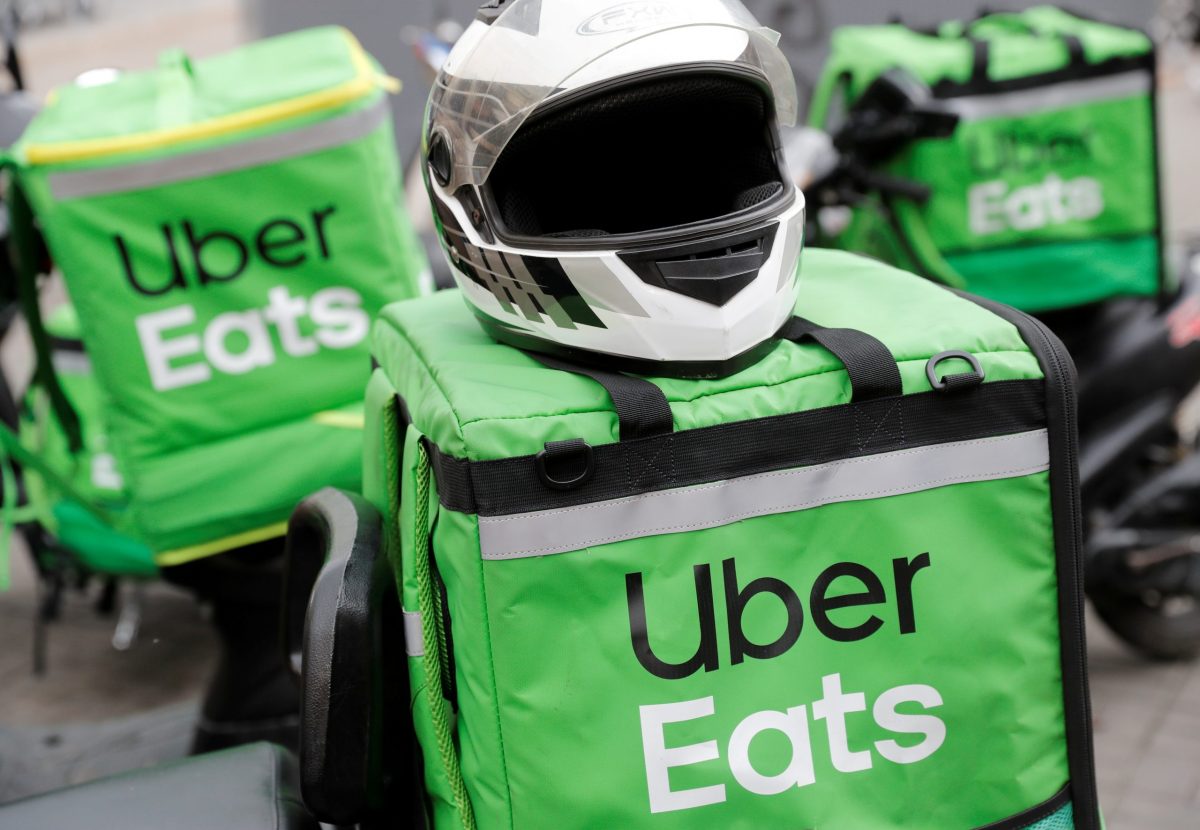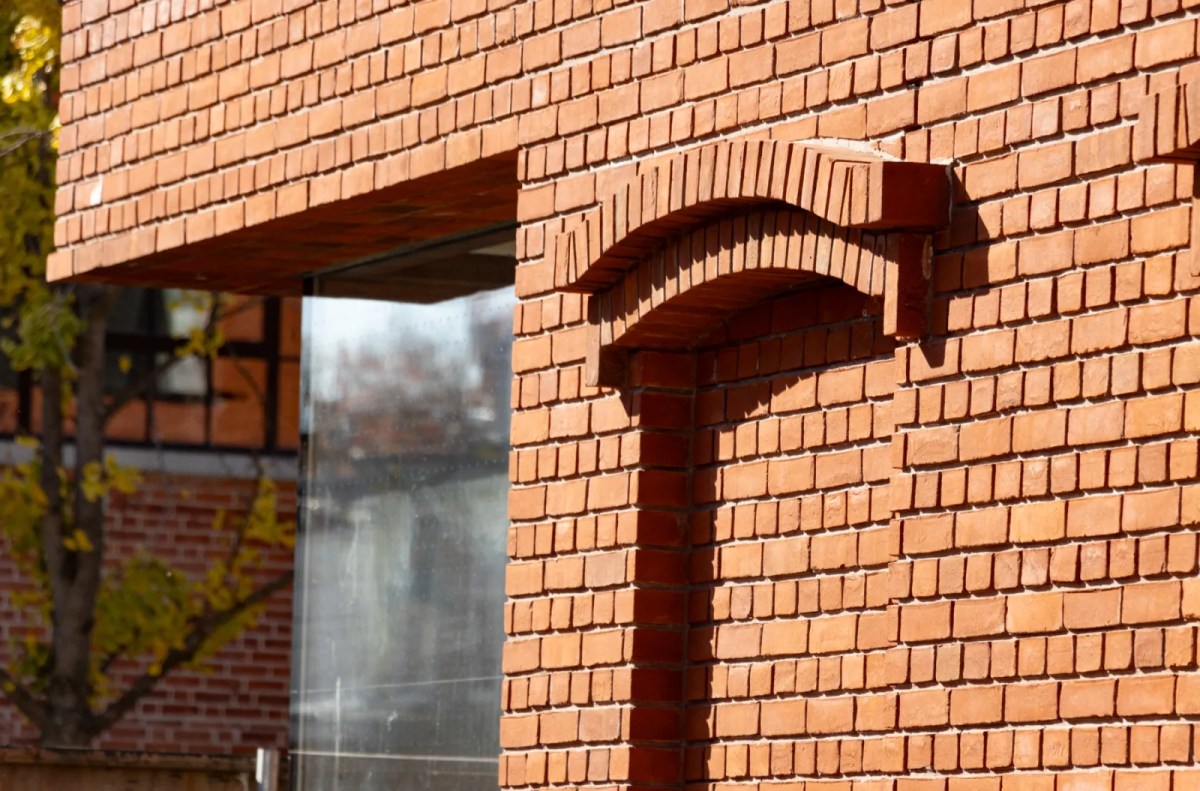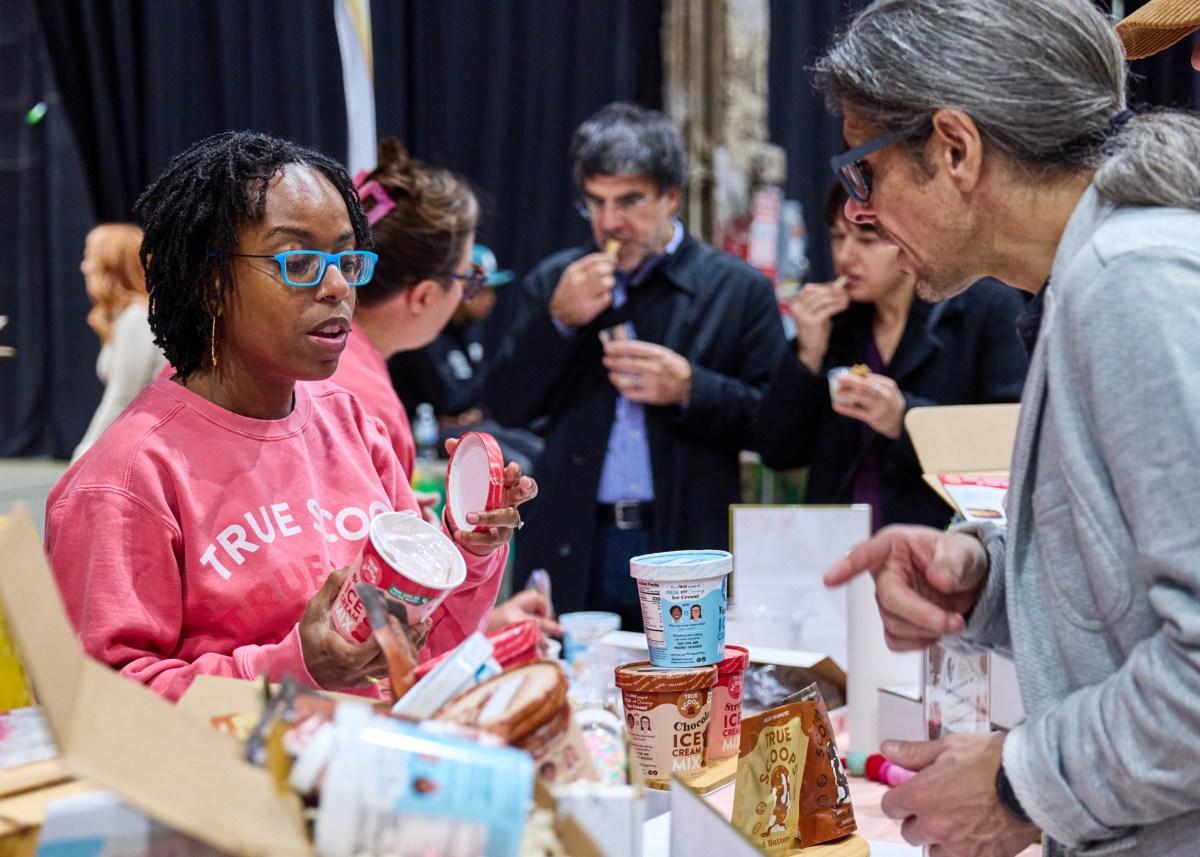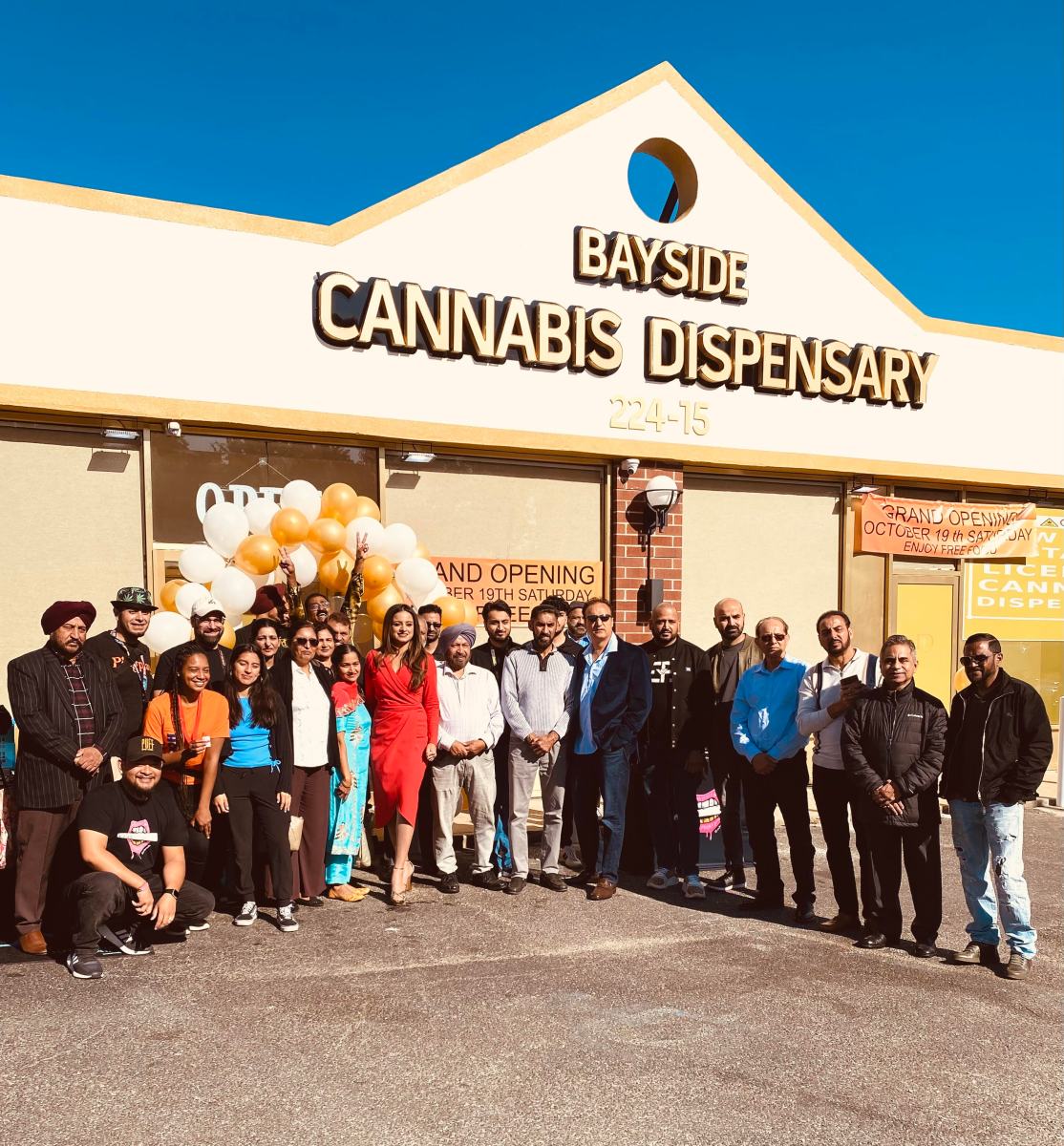BY TINA BELLON AND AKANKSHA RANA
Uber Technologies Inc said demand for its food-delivery service more than doubled in the second quarter as many users remained largely homebound, while demand for ride-hailing trips was only marginally recovering from pandemic rock-bottom.
The company said that despite those larger challenges it is sticking to its goal of being profitable on an adjusted basis before the end of 2021 thanks to stringent cost-cutting measures and a strong balance sheet. Uber recorded an adjusted loss in earnings before interest, taxes, depreciation and amortization of $837 million in the second quarter.
Shares dropped 5.6% to $32.75 in after-hours trading.
Ride-hailing trips, in the past responsible for nearly two-thirds of Uber’s revenue, increased 5 percentage points from their low in April, but gross bookings remained down 75% from last year.
The company on Thursday posted a $1.8 billion net loss in the months from April to June, including charges related to the laying off of 23% of its global workforce during a period when infections of the novel coronavirus continued to spread in the United States, Uber’s largest market.
The number of active platform users nearly halved year-over-year, from 99 million to 55 million.
Uber’s second-quarter revenue fell 29% to $2.24 billion from the year prior, beating analysts’ average estimate of $2.18 billion, according to IBES data from Refinitiv.
Revenue at Uber Eats doubled to $1.2 billion, boosted by greater demand for delivery as Americans largely continue to stay home. Uber last month expanded its delivery reach by announcing the acquisition of Postmates Inc for $2.65 billion to expand the business of supplying everyday goods.
While Uber’s ride-hailing segment remained battered by the coronavirus crisis, it was the only segment generating an adjusted EBITDA profit, of $50 million.
Uber Eats, whose gross bookings more than doubled, continued its loss-making streak but narrowed losses, recording a $232 million adjusted EBITDA loss in the second quarter.



































